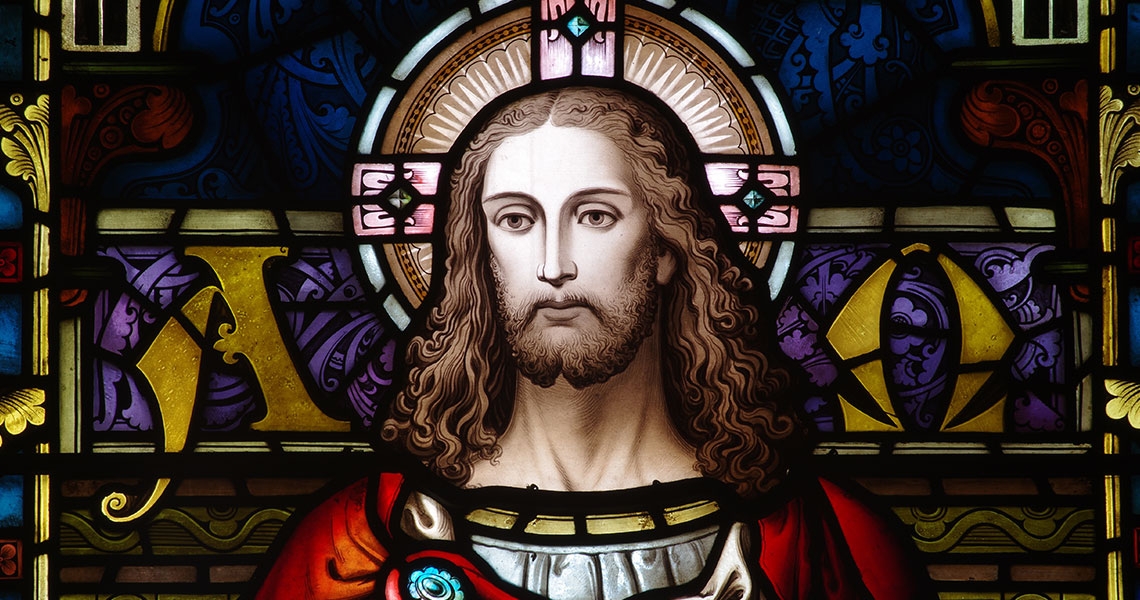13You are the salt of the earth; but if salt has lost its taste, how can its saltiness be restored? It is no longer good for anything, but is thrown out and trampled under foot. 14You are the light of the world. A city built on a hill cannot be hid. 15No one after lighting a lamp puts it under the bushel basket, but on the lampstand, and it gives light to all in the house. 16In the same way, let your light shine before others, so that they may see your good works and give glory to your Father in heaven. (Matt 5:13-16)
Since the Sermon on the Mount opens with quite memorable words, the beatitudes (Matt 5:3-12), the section on the community of disciples being the salt of the earth and the light for the world (Matt 5:13-16) may come across as a parenthesis. But I would like to suggest that Matt 5:13-16 is more than a parenthesis. In fact, it grounds wholeness – the main theme of the Sermon – Christologically and missionally at the outset of the sermon. Perhaps this is an aspect that could have deserved more emphasis in Gerhard Lohfink's account of wholeness.
In Matt 5:13-16 the community of disciples are the salt of the earth (v. 13) and the light of the world (vv. 14-16). It is important to note the emphasis on them being something. The light metaphor is further elaborated by two illustrations: a city on a hill (v. 14b) and a lamp (v. 15). Both illustrations emphasize that the very “being” of a city or a lamp involves being visible for and/or giving light to others. In v. 16 primarily the light metaphor is applied to the community of disciples (Note light imagery in v. 16: “shine”.). The very nature of discipleship is being a light for the world together in a community. The disciples should be and act out of what they are. They are mission.
In addition, this shining capability is Christologically grounded. When Jesus is introduced in Matt 4:16 at the beginning of his public ministry he is described as the light of world by way of a quote from Isa 9:1-2 (cf. Isa 42:6; 49:6; 60:1-3). In this way the wholeness, undivided obedience or “good works” (v. 16) called for in the Sermon as a whole is at the outset not only given a clear missional purpose — “they may see your good works and give glory to your Father in heaven” (v. 16) — but also a Christological ground. The community of disciples shine by participating in Jesus' shining (cf. Matt 5:3-12).
Although the proclamation of words is important in the task of missional shining (cf. Matt 10:7; 28:19-20), the emphasis in the Sermon is rather a life of wholeness in community which glorify the Father in heaven — an undivided faithfulness. “Since this life and conduct or good deeds are characteristic of life in the new age of salvation (cf. Jer 31:31), they bear witness to God’s eschatological activity on behalf of humanity.”[1] Perhaps one could say that the community of disciples is mission in being the place or people where the kingdom of heaven is taking form. In this way they become a sign of and witness to the inbreaking of God’s eschatological rule. Wholeness, mission and the inbreaking of the kingdom of heaven in Jesus is closely intertwined.
It seems that Matt 5:13-16 is a pivot between the beatitudes and the section beginning in Matt 5:17 and ending with Matt 7:12 about wholeness.[2] The “good works” (Matt 5:16) or the “greater righteousness” being the theme of Matt 5:17-7:12 is introduced and set within its proper context in Matt 5:13-16. In addition, it does not seem to be a coincidence that the beginning (Matt 5:13-16) and end (Matt 28:18-20) of Jesus teaching emphasize mission.
This is part four of a series of blogs on the Sermon on the Mount.
Notes:
[1] Robert A. Guelich, The Sermon on the Mount: A Foundation for Understanding (Waco: Word Books, 1982), 129.
[2] For more arguments, see Guelich, The Sermon on the Mount, 129-130.






